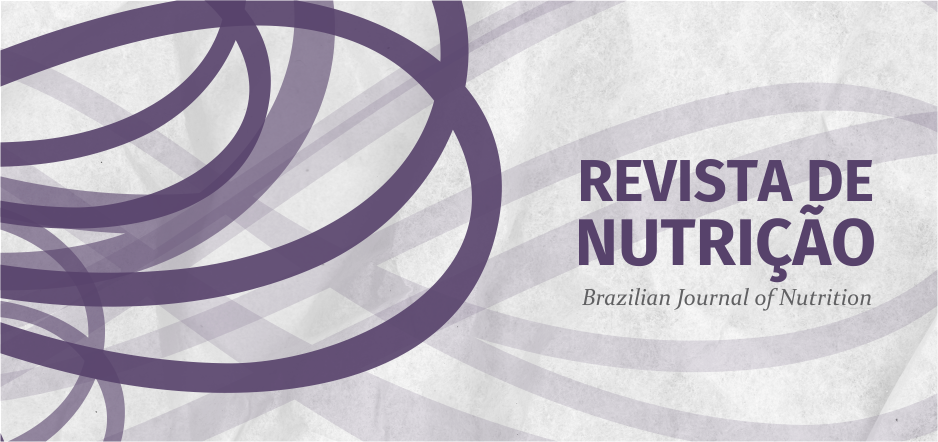Resumo em Português:
A desnutrição é ainda um problema de saúde pública no Brasil, apesar do declínio de sua prevalência mostrado em estudos nacionais. Contudo, dada a abrangência destes levantamentos, a situação em áreas de pobreza pode ser subestimada. O objetivo deste trabalho foi avaliar a desnutrição em áreas de pobreza do município de Campinas, SP, identificadas segundo os critérios de renda familiar, condições de construção da moradia e contigüidade, de acordo com o censo de 1991. A amostra foi composta de 125 crianças de 0 a 24 meses de idade e suas mães, com coleta de dados antropométricos (peso e altura) e socioeconômicos. Os resultados mostraram uma prevalência de 7,2% de desnutrição infantil, muito semelhante à média de 7,4% observada para a mesma faixa etária em levantamento nacional feito em 1989. Em relação ao estado nutricional das mães, os resultados mostraram que 27,3% apresentaram Índice de Massa Corporal superior a 25kg/m². A fim de promover o declínio da prevalência de desnutrição, as ações de saúde devem considerar a importância do problema em grupos socioeconômicos especiais, como os de baixo poder aquisitivo, desenvolvendo um sistema de vigilância alimentar e nutricional capaz de atuar em regiões onde as ações tradicionais parecem ser menos eficientes.
Resumo em Inglês:
Malnutrition is one of the major public health problems in Brazil, although recent data show a progressive decrease in its prevalence. However, the validity of national surveys can underestimate the magnitude of malnutrition in poverty areas. The purpose of this study was to evaluate malnutrition in poverty areas of Campinas, SP, and efforts were made to locate those urban areas, considering families income, building conditions, and geographic contiguity according to 1991 census. During the study period, a total of 125 children aged 0 to 24 months and their mothers were interviewed, and anthropometric and socioeconomic data were collected. Results show a prevalence of 7.2% of malnutrition, which is similar to the value of 7.4% observed for the same age in a 1989 national survey. Concerning mother nutritional status, the results show that 27.3% of women are at Body Mass Index of 25 kg/m² or higher. Thus, in order to properly achieve malnutrition decline, health promoters must consider the magnitude of the problem in special socioeconomic groups, developing a nutritional surveillance system designed to assist low income people, to whom traditional actions seems to be less efficient.
